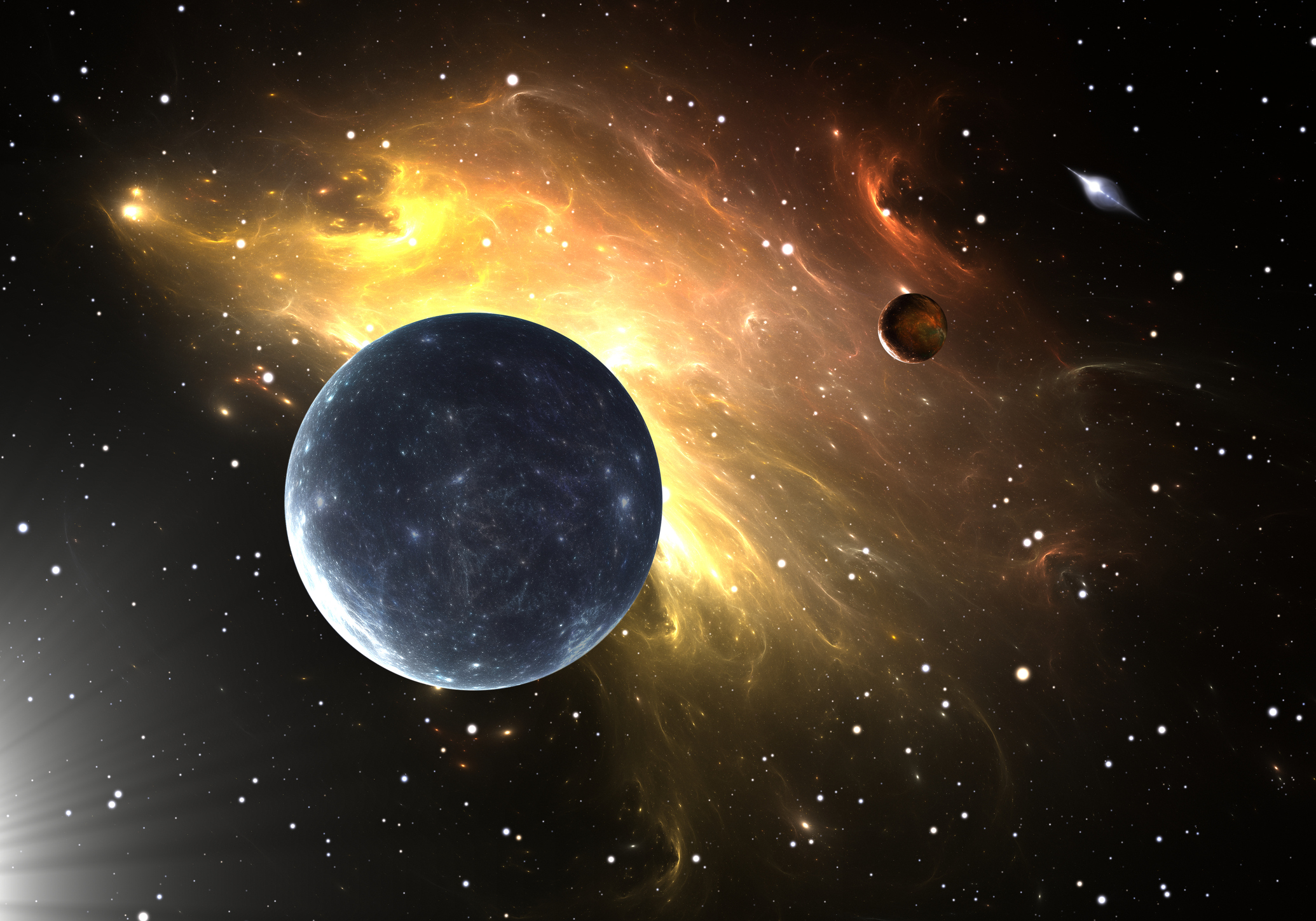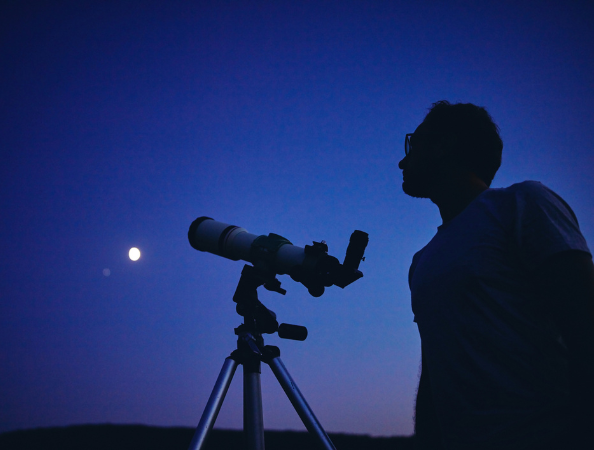These are the six planets that will align in August: we tell you how and when to see them

Star and galaxy enthusiasts will be able to experience a unique astronomical phenomenon in the second week of August, according to experts.
Six planets in our solar system: Mercury, Venus, Jupiter, Saturn, Uranus and Neptune, will appear aligned in the night sky , offering a unique celestial spectacle.
The exact dates on which the phenomenon can be seen vary depending on the location. For example, in Mexico City, the phenomenon will be best seen next Monday, August 11, but in São Paulo, Brazil, it will reach its peak on August 12.
According to NASA, "'Parade of Planets' is not a technical term in astronomy, and 'planetary alignment' can refer to several different phenomena. As the planets in our solar system orbit the Sun, they occasionally line up in space in events called oppositions and conjunctions. A planetary alignment can also refer to an apparent alignment in our sky of a planet with other planets, with the Moon, or with bright stars."

The planets won't change their orbits. Photo: iStock
Additionally, according to NASA, while planetary alignment in itself is not unusual, what makes these events special is the opportunity to observe multiple planets simultaneously with the naked eye.
For those who can't see the phenomenon on those dates, there will be other opportunities in 2026: February 28, April 18, May 12, August 12, and November 14.
Some will be easily seen Five planets, according to NASA, will be visible without the aid of instruments: Mercury, Venus, Jupiter, Uranus, and Saturn. "Ancient civilizations recognized these worlds as bright lights wandering across the starscape, while the background stars remained fixed in place," the US Space Agency said.

The phenomenon can be seen with telescopes. Photo: iStock
However, to observe Neptune you will need to use binoculars or a basic telescope.
To complete the spectacle, this phenomenon will be accompanied by the full moon and the peak of the Perseid meteor shower.
Why do planetary alignments occur? It is worth noting that planetary alignments are optical events where several planets appear to cluster together in the sky from our Earthly perspective, although they actually follow their independent orbits around the Sun.

Planets of the solar system. Photo: iStock
It is recommended to look for places with little light pollution and a clear view of the horizon to appreciate the astronomical phenomenon.
Additionally, it is recommended to use astronomy applications that can help identify reference constellations.
LATEST NEWS EDITORIAL
eltiempo




